MW2016



April Music’s Aura Note V2 All-In-One Music Center ($2,500.00): The Aura Note V2 All-In-One Music Center’s is an update of the original April Music’s All-In-One from some 9 years ago, with more than double the wattage or the original. It’s highly reflective chrome finish, large red LED input display and matte black surfaces command attention. For me, the V2’s stand out feature is it’s built-in, top-loading CD player, with it’s sexy sliding tempered glass access cover and chrome magnetized CD weight. The Aura Note V2 is a thoughtfully designed, well-made and aesthetically pleasing piece, with features fit for today’s digital lifestyle. With it’s 125 watts per side, built-in amplifier (at 8 Ohms) and myriad of inputs, the V2 promises to handle nearly anything you can connect to it. The addition of Bluetooth connectivity, a second pair of auxiliary inputs, and pre out functionality, this All-In-One is a crowd pleaser. It handled my Eminent Technology LFT-8b hybrids with no sign of strain… impressive, given that the LFT-8b’s are 83 dB sensitive and power hungry playing in a loft. (Greg Voth)

 Arcam irDAC ll ($695.00 reviewed here):Every audiophile needs a dependable, well-rounded DAC in their system and the Arcam riDAC ll comes feature packed and sure to impress. The Arcam irDAC ll now includes the ESS9016 Sabre Ultra DAC, a high-performance audio D/A converter making it one good-sounding addition. The irDAC ll’s sound is somewhat laid back, designed for long-term fatigue free listening and, while I was less than happy to see the USB jack removed (for device chorded play and charging), it’s other useful features, like Bluetooth, are enough to keep a demanding digital user content. There are also new internal circuits and total harmonic distortion is rated 0.0007% and signal to noise ratio (A:weighted) is 117db (24:bit), both impressive results. (Greg Voth)
Arcam irDAC ll ($695.00 reviewed here):Every audiophile needs a dependable, well-rounded DAC in their system and the Arcam riDAC ll comes feature packed and sure to impress. The Arcam irDAC ll now includes the ESS9016 Sabre Ultra DAC, a high-performance audio D/A converter making it one good-sounding addition. The irDAC ll’s sound is somewhat laid back, designed for long-term fatigue free listening and, while I was less than happy to see the USB jack removed (for device chorded play and charging), it’s other useful features, like Bluetooth, are enough to keep a demanding digital user content. There are also new internal circuits and total harmonic distortion is rated 0.0007% and signal to noise ratio (A:weighted) is 117db (24:bit), both impressive results. (Greg Voth)

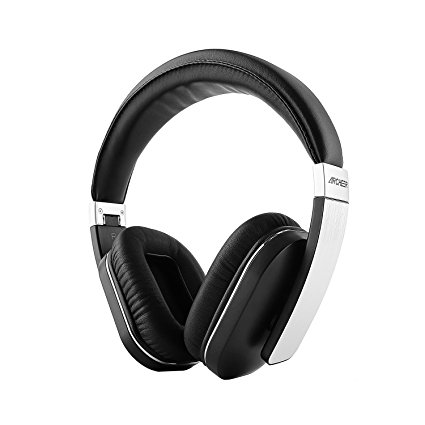 Archeer AH07 ($59.99) For a company having just gained namesake recognition this year, Archeer is notably gathering a reputation of providing audio equipment well below the $100 price point. What’s more impressive is that they’re doing so while not sacrificing or compromising crucial qualities such as solid construction, sleek design, and most importantly, quality of sound. Archeers approach here is giving brands at similar product market price points such as Skullcandy, Sennheiser, and Audio-Technica a run for their money. Androidguys.com and Speakerauthority.net have posted good reviews of their Bluetooth speaker line.
Archeer AH07 ($59.99) For a company having just gained namesake recognition this year, Archeer is notably gathering a reputation of providing audio equipment well below the $100 price point. What’s more impressive is that they’re doing so while not sacrificing or compromising crucial qualities such as solid construction, sleek design, and most importantly, quality of sound. Archeers approach here is giving brands at similar product market price points such as Skullcandy, Sennheiser, and Audio-Technica a run for their money. Androidguys.com and Speakerauthority.net have posted good reviews of their Bluetooth speaker line.
The AH07’s combine Apt-X audio technology for wireless applications- mainly those with the real-time streaming of high quality stereo audio using the Bluetooth pairing between devices such as your smartphone, laptop or tablet. It’s Bluetooth CSR 4.0 allows full bandwidth transmission up to a 33ft range without loss of quality or performance. I noticed especially that the battery charged quite rapidly and the specs boast up to 14 hours playback time per charge.
Archeer left no needs unmet in terms of compatibility in their design of these headphones. The AH07s are compatible with all Bluetooth devices, including Bluetooth enabled TVs and tablets, iPhone, iPod, iPad, Samsung Galaxy S6/ Edge+/ Note, Nexus, HTC, LG, Nokia, Motorola, Windows Phones, and more. It fits any conventional music player housing a 3.5mm audio output port, including CD players for the old school folk, MP3/4 players and likely any other audio gem you can get your hands on. If that’s not enough for you, Archeer promises it’s customers an 18-month warranty from date of purchase along with a no questions asked 40-day money back guarantee. How’s that for customer service? (Mark Abell)

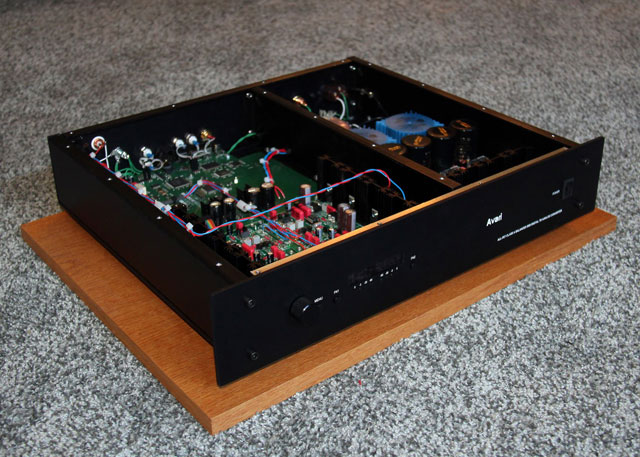
Archiving Vinyl Avari Audio DSD DAC ($10,800): JFETs are the strength of this excellent DAC. It provided vivid, holographic imaging. I found it worked exceptionally well with their AMS Music Server which provides quad DSD output. (Norm Luttbeg)

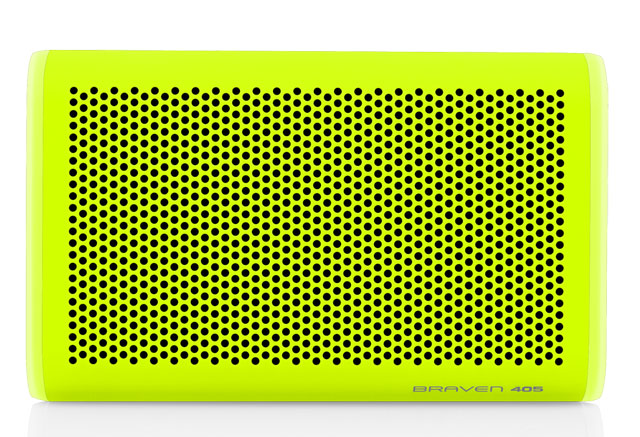
Braven 405 ($79.99 Braven.com) The Braven 405 speaker system is a wireless speaker system, that allows for connection via Bluetooth and 3.5 mm speaker jack for a more conventional wired connection. It uses a 2100 mAh battery, allowing it to also repower your mobile device. It rapidly sources its power from a USB connection, making it simple to charge via multi mediums.
The Braven 405 is waterproof and can be completely submerged to a depth of one meter, or roughly three feet, for 30 minutes without noticeable fault. The impressive battery allows it to run for 24 hours unimpeded. It includes a Bass Optimization technology to assist in cutting down power use, and even has a noise-canceling microphone included to serve as a hands-free unit for phone usage. All of these features are packed into this auditory gem weighing in at less than a pound. The speaker is offered to consumers in seven exciting color options to fit any preference. (Mark Abell)

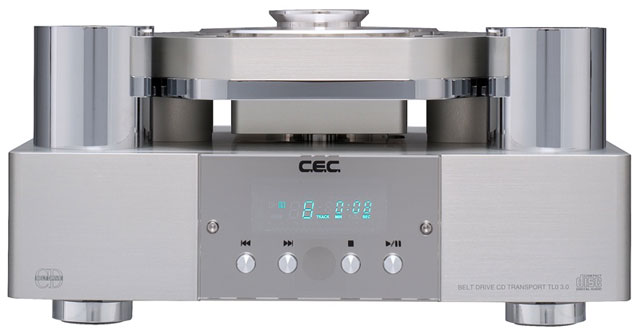
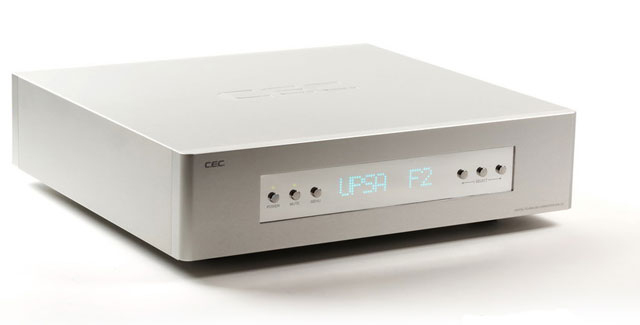
CEC TL 0-3.0 CD transport ($31,000) and CEC DA0-3.0 DAC ($31,000): The CEC is impeccably crafted for precision and its double belt drive CD transport, much like a turntable, utilizes a stabilizer weighing a 460g of 125 mm diameter supported by an ultra-precision spindle/thrust bearing assembly. Brilliantly, this avoids the need for electronic servo-corrections required by all other CD transports. The new reference DA 0 3.0 is based on a universal DSP controlled discrete resistor ladder 32bit/384kHz audio DAC. The CEC’s combo possesses an uncanny ability to combine openness, transparency, and resolution with weight and solidity and it sounded like I was listening to an analog system. (Key Kim)

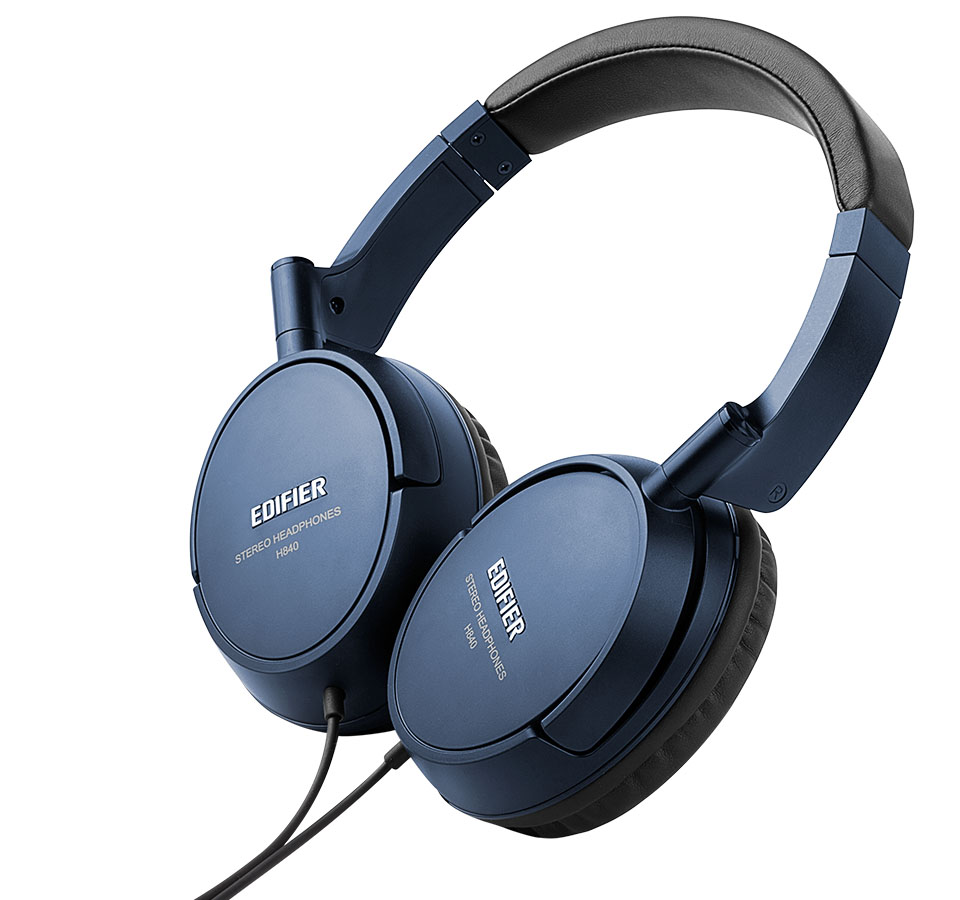 Edifier H840 ($59.99 reviewed here): Edifier is a Chinese audio company that specializes in home theater speakers. While they do not have the name recognition of quintessential audiophile brands such as Bowers & Wilkins, they boast considerable design chops, and their contemporary aesthetic is getting the brand noticed. Two of their notable achievements are their 15” tall Spinnaker speakers and their S730 speaker which won the Consumer Electronics Show (CES) Innovations Design and Engineering and the iF Design Award, respectively. Their avant garde speakers such as the egg shaped Luna Eclipse ($200), the e55 ($999), and the Prisma Encore E3360 ($130) belong in any modern home.
Edifier H840 ($59.99 reviewed here): Edifier is a Chinese audio company that specializes in home theater speakers. While they do not have the name recognition of quintessential audiophile brands such as Bowers & Wilkins, they boast considerable design chops, and their contemporary aesthetic is getting the brand noticed. Two of their notable achievements are their 15” tall Spinnaker speakers and their S730 speaker which won the Consumer Electronics Show (CES) Innovations Design and Engineering and the iF Design Award, respectively. Their avant garde speakers such as the egg shaped Luna Eclipse ($200), the e55 ($999), and the Prisma Encore E3360 ($130) belong in any modern home.
The Edifier H840 Over-Ear Monitor Headphone is an incredibly worthwhile and low cost investment compared to the power and quality packed into this lightweight auditory gem. Don’t be fooled by its lack of heft and bulk, at just 0.2KG in weight, the H840 boasts a superbly robust array of crisp sound on more levels than one would expect at this price point. While in-ear headphones are the most ideal for the road, the H840’s is a road warrior with its adjustable pleather ear shells that fold for incredibly quick and easy storage. It’s hassle free use paired with its extraordinary audio quality makes the H840’s cost of under $60 a tried and true treat for your wallet and ears. (Mark Abell)

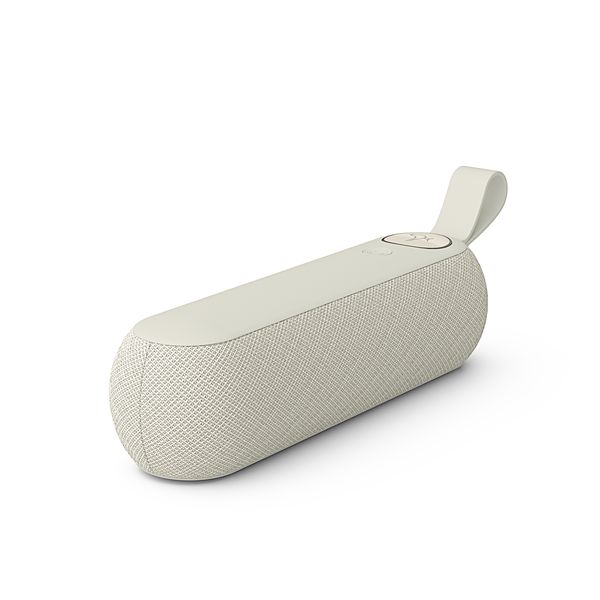
Libratone Too ($149.00): Libratone has been grabbing some much deserved attention this year for their smart, portable and most importantly, affordable Bluetooth speakers. The ONE Click released first features a remarkable 12-hour battery life and IPX4 weatherproofing but more importantly also sounds great. It’s unique acoustic technology sends sound waves in every direction through its 4 internal drivers. The ONE also holds some very intuitive touch controls for volume, play, pause, take/end calls and pairs as a speakerphone with noise isolation and echo cancelling technology and is in-app controllable. You could see some genius foreshadowing done by Libratone here; if you own more than one Libratone speaker, you can pair them to each other and enhance sound reach-ability, hence the release this year of Libratone TOO. (Not TWO, TOO, because your music goes with you too!)
There are many user friendly advantages to the TOO’s pairing with your smartphone and the Libratone App as well. Just to name a couple, if your phone’s out of reach, the speaker itself hosts controls for volume, play, pause, as well as instructions to take or end hands-free calls. The TOO also has the ability to simultaneously pair with two phones, letting you and a friend take turns playing music.
When comparing cost versus functionality, I’d say this fun little speaker is well worth the spare room in your pocket as well as your pocket book. (Mark Abell)

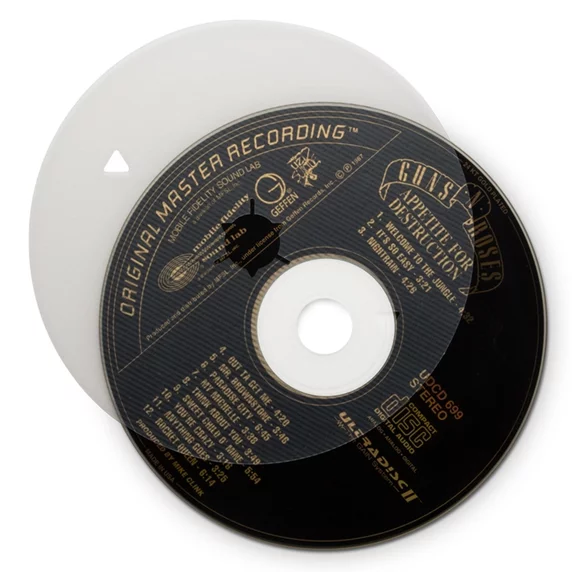
Marigo Audio Clear Transformation Signature CD Mat ($199.00): For those of us who still buy/play/rip physical media, this is a must try. First, and perhaps most important, it’s as close to a universal CD/SACD/DVD/Blue Ray damper as you’ll find. All previous mats I’ve used in my two very finicky transports have been chewed up and/or spit out. The Clear Transformation is so thin and flexible that you’ll get no complaints from your player. Sonically, it does away with digital artifacts while enhancing the richness and detail of your music. At $199, it’s the least expensive digital accessory you’ll find that really makes a difference. Unconditional 30-day money-back guarantee from Marigo. (Dave Allison)

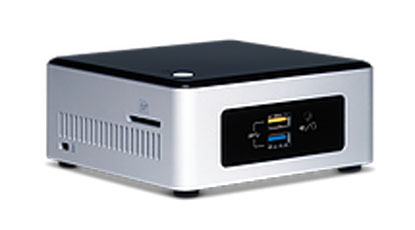 Memory Player Mini from Laufer Teknik ($2,500): I walked away from the New York Audio Show 2016 with The Memory Player Mini under arm for review, The MP Mini is a mini PC computer housing Laufer Teknik’s Memory Player proprietary software. Add a small monitor (even a security sized one will do), mouse, keyboard, BluRay drive and external drive and you can begin importing CD’s. Encoding from CD import is automatic, the user encodes the files brought over manually from thumb drive, etc. but that’s easily accomplished. Playing digital files through JRiver Music Center on the MP Mini sound great. Playing select tracks from the MP Mini’s Burn Memory slot offers an exhilarating improvement, over it’s already wonderful sound, when critically listening is in order.
Memory Player Mini from Laufer Teknik ($2,500): I walked away from the New York Audio Show 2016 with The Memory Player Mini under arm for review, The MP Mini is a mini PC computer housing Laufer Teknik’s Memory Player proprietary software. Add a small monitor (even a security sized one will do), mouse, keyboard, BluRay drive and external drive and you can begin importing CD’s. Encoding from CD import is automatic, the user encodes the files brought over manually from thumb drive, etc. but that’s easily accomplished. Playing digital files through JRiver Music Center on the MP Mini sound great. Playing select tracks from the MP Mini’s Burn Memory slot offers an exhilarating improvement, over it’s already wonderful sound, when critically listening is in order.
Until experiencing the Mini, I hadn’t had such convenient, great sounding digital playback in my system. It’s clear, at least to this listener, that the future of digital playback is software-based, not from hard copy. Only far deeper pockets can touch what the Mini delivers. (Greg Voth)

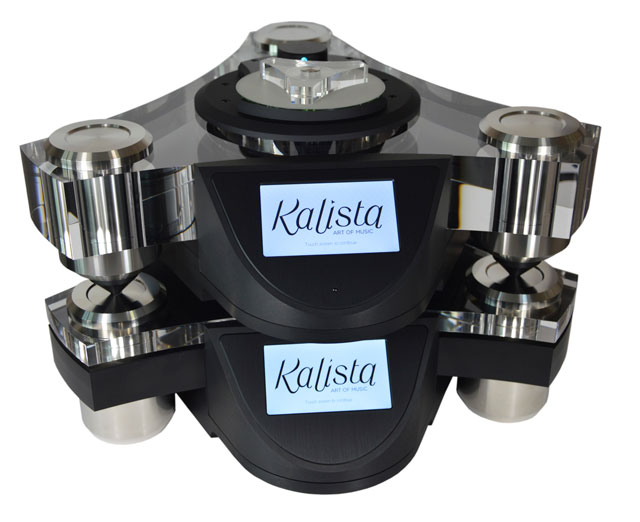
Metronome Kalista Dream Player with Elektra power supply ($35,700) and Metronome Kalista DAC with Electra power supply ($36,750): The legendary CD transport and its new matching DAC are a work of art. I’ve always marveled at the beautifully crafted Kalista transport; it’s super eye candy. The new Kalista DAC has four DAC chips and allows the user to choose the DAC (solid-state or tube) output preferred for the genre of music. Listening to the Kalista combo in my system, music sounded like I was listening to an analog set up. Ah, music…I could kick back, relax and listen to the Kalista all day long. It’s ultra-transparency, coupled to laser-like details with textural density is remarkable and reminiscent of the CEC combo. (Key Kim)

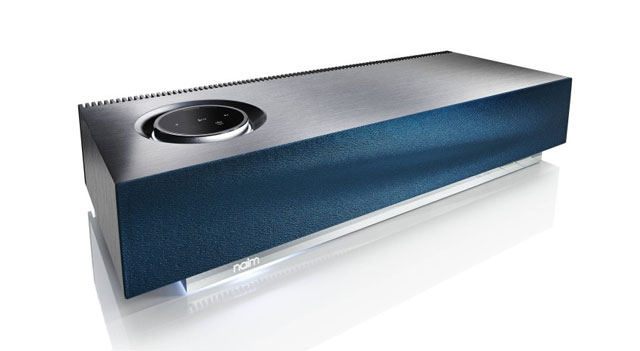
Naim Audio Mu-So Wireless Music Streamer ($1,500.00): The Mu-so is a near perfect marriage of elegant styling, thoughtful design and high-performance music reproduction. It’s a single-chassis unit that houses a 32-bit digital signal processor and six 75-watt amplifiers that drive six Naim-designed drivers. There are an array of source options, including built-in accessibility to things like Internet radio, Spotify, and TIDAL. There are also UPnP connectivity via USB, digital and analog inputs. You can also connect your devices via Bluetooth or Apple Airplay.
A system like the Naim Audio Mu-so is not for the audiophile looking to be anchored to the sweet spot of his listening room while sipping a fine Riesling and basking in the holographic reproduction of a string quartet. It’s for people who want to bring a wonderful mixture of music and fun into their homes. The fact that you can do this without tapping into your 401K makes this recognition a no-brainer. (Dave Thomas)

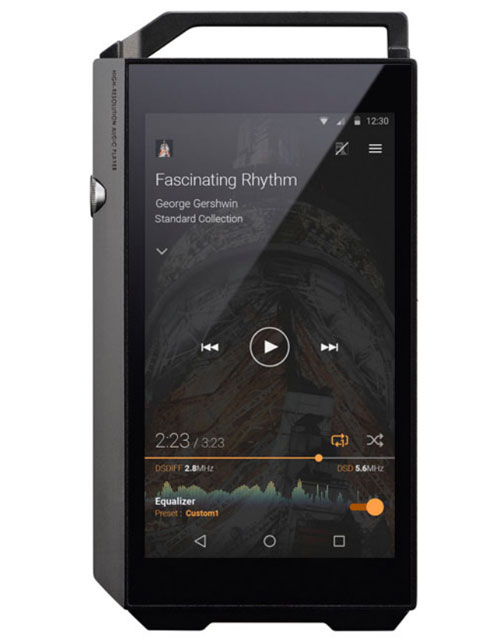
Pioneer XDP-100R ($699.99) Pioneer has been making a notable name for itself in the audiophile world in creating quality and affordable products, the XDP-100R is not unique to this. The first thing to note about the device is the cold metal build of the device, the XDP-100R is made from aluminum with a plastic bumper at the bottom and a plastic guard at the top. Immediately you get the feel of a premium product, definitely nothing here to suggest that the device was cheaply made.
Unlike quite a few other DAP’s on the market, the XDP-100R has a 4.7” 1280×720 touch screen. The user experience/interface is very user friendly. We see too often a lot of DAP manufacturers using Android but building their own custom OS over the stock Android Kernel. While this may be positive in some ways, in many it results in bug filled UX/UI which oftentimes turns less experienced audio enthusiasts away from utilizing unfamiliar equipment or getting their feet wet in the DAP world at all. (Mark Abell)

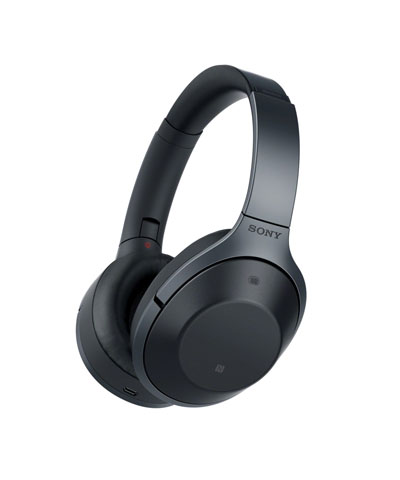
Sony MDR-1000x ($399.99) Sony’s determination to deliver its best noise-cancelling headphones has lead to the release of the MDR-1000X. It’s a bold name, for a bold pair of noise-cancelling headphones. The MDR-1000X was targeted specifically for the growing wireless noise-cancelling market; they’re designed for those who may travel frequently or maintain an active or ‘on the go’ lifestyle, this is backed by its impressive 20 hour battery life. The Sony MDR-1000X might look familiar because they are modeled after the same design as the MDR-100ABN headphones as Sony’s h.ear on range. While those headphones are designed to be slightly more consumer focused, the 1000X want to take the title of the best noise-cancelling device to the next level.
Overall Sony’s goal here with the MDR-1000X was clearly to give the market leader in the noise cancelling segment, Bose, a run for their money. With some clever use of technology and a traveler-minded approach to a consumer friendly product, Sony has achieved just that. (Mark Abell)

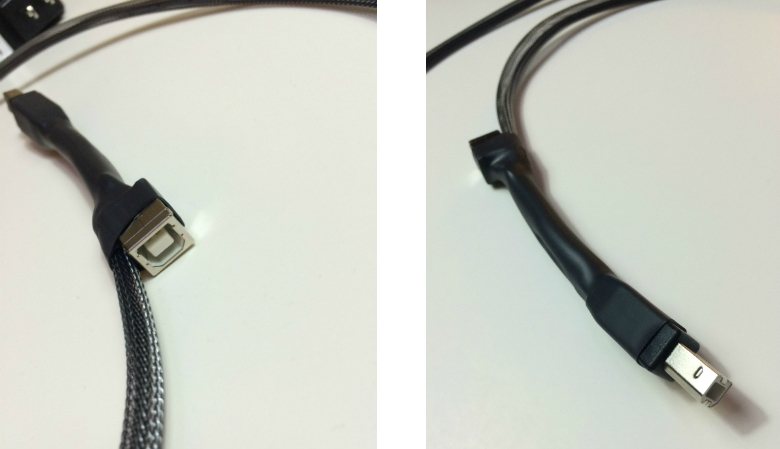
Truth in Systems USB Disruptor ($99.00) And the truth is that Rob Priore’s USB Disruptor is the most effective low cost USB tweak that I’ve heard to date. Its magic totally took me by surprise as it outperformed my AQ Jitterbug handily. If you have a standard computer feeding a USB DAC, trust me, you NEED the Disruptor in your system. And Priore’s DaBigGenius USB cable is very good as well. These products will cut through the noise and allow you to hear a lot more of your music! (Frank Alles)

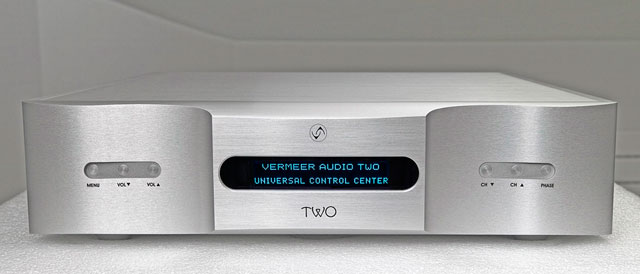
Vermeer Audio Model TWO DAC (€20,000 reviewed here): It has been a rare joy for me to spend time with the Vermeer Audio Model TWO DAC. It’s expensive, yes, but in the world of high end audio, it’s one of the rare components that someone who truly appreciates when art and science form a synergistic bond. It looks high-end, it feels high-end, and most importantly it sounds like what a high-end component should sound like. (Dave Thomas)
Vermeer Audio TWO DAC (follow-up review here): Simply the best DAC I have heard anywhere in any system. The Vermeer Audio TWO DAC is understated elegance on the outside but on the inside, it is fantastically built and its physical mass and weight let you know that you’re going to be listening to something special. The sound is at the pinnacle of what you would consider a digital device can produce in terms of being both musical and detailed, but that level of performance extends to the TWO’s ability to create a believably wide, deep and palpable soundstage. I was also pleasantly surprised at how well the TWO’s “Line Out” functioned as a preamp. It was one of the first times I used a DAC’s line out section and came away impressed with how it performed instead of coming away feeling underwhelmed. (Mike Wright)
Stereo Times Masthead
Publisher/Founder
Clement Perry
Editor
Dave Thomas
Senior Editors
Frank Alles, Mike Girardi, Key Kim, Russell Lichter, Terry London, Moreno Mitchell, Paul Szabady, Bill Wells, Mike Wright, Stephen Yan, and Rob Dockery
Current Contributors
David Abramson, Tim Barrall, Dave Allison, Ron Cook, Lewis Dardick, Dan Secula, Don Shaulis, Greg Simmons, Eric Teh, Greg Voth, Richard Willie, Ed Van Winkle, and Rob Dockery
Music Reviewers:
Carlos Sanchez, John Jonczyk, John Sprung and Russell Lichter
Site Management Clement Perry
Ad Designer: Martin Perry






Be the first to comment on: MW2016